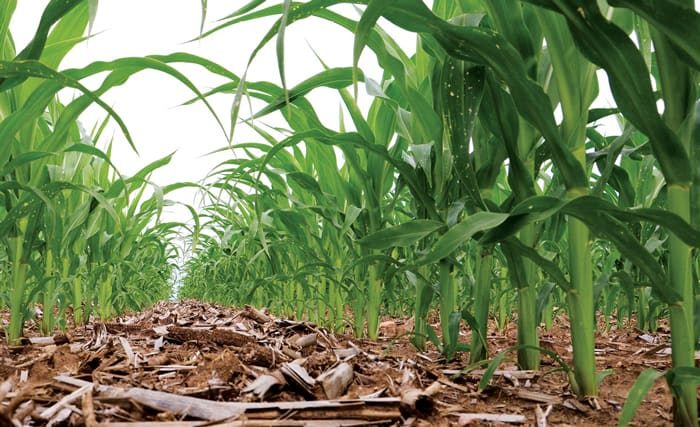No-Till Farmer
Get full access NOW to the most comprehensive, powerful and easy-to-use online resource for no-tillage practices. Just one good idea will pay for your subscription hundreds of times over.

Results of the 5th Annual Strip-Till Operational Practices Benchmark study, evaluating 2017 cropping practices, reinforce the value of idea-sharing opportunities embraced by strip-tillers as corn yields, per-farm strip-till acre averages and precision farming technology adoption continued to grow. More than 300 farmers from a record 27 states and Canada who identified themselves as strip-tillers responded to the 40-question survey from No-Till Farmer’s sister publication, Strip-Till Farmer.
In the following pages — and also within the pages of Strip-Till Farmer’s Summer 2018 issue print issue — we compare and contrast fertilization strategies, cover cropping techniques and technology strip-tillers are putting to work on their operation.
We crunched the numbers again on the top 10% of respondents by average corn yield (261 bushels per acre) and soybean yield (76 bushels per acre) to see what strategies are separating these strip-tillers from the pack.
As farmers dial into determining where and when to push or scale back on seeding rates, strip-tillers have — on average — consistently planted lower populations than no-tillers for both corn and soybeans.
2017 was no different, as results of this year’s 5th Annual Strip-Till Operational Practice Benchmark study continued the trend. Looking at corn seeding populations preferred by strip-tillers, the average increased slightly from 33,219 in 2016 to 33,494 last year. The 2017 average is generally consistent with those from 2015 (32,970) and 2014 (33,194).

SEEDING SEPARATION. Average corn seeding populations for strip-tillers increased for the second year in a row, while soybean planting populations dropped to their…